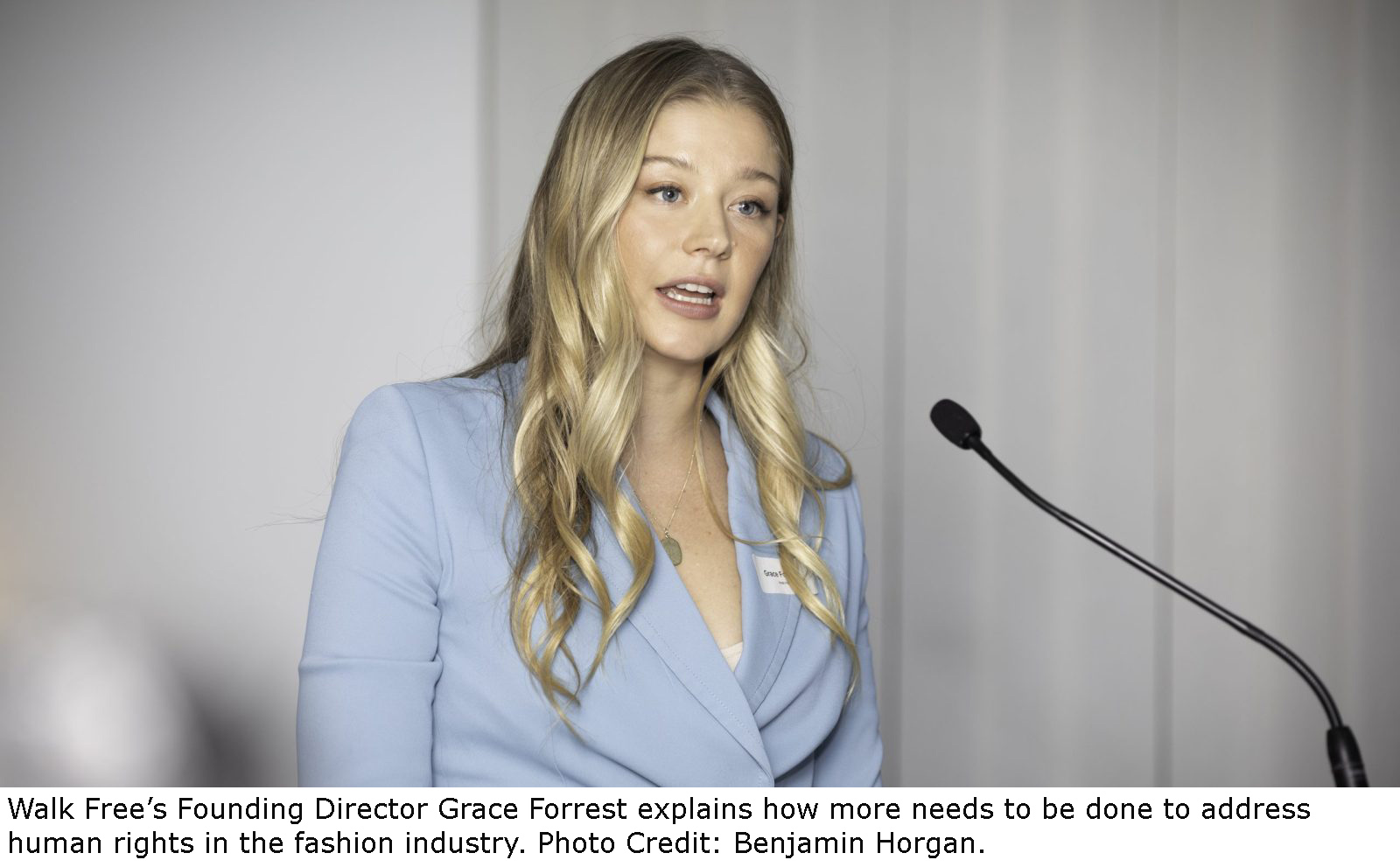
Category: GARMENTS
Country: Australia
2nd August, 2024
Australia has overtaken the United States as the world’s top consumer of fashion per capita, according to the Australia Institute think tank.
The average Australian buys an average of 56 new clothing items each year at $13 per item.
One response to help drive the nation towards a more sustainable fashion future is the Seamless Clothing Stewardship scheme. This was launched by Environment Minister Tanya Plibersek in 2023. It became operational on July 1 this year.
Under this voluntary scheme, brands will contribute $0.04 for each new garment placed on the market, or $0.03 for garments that meet specific sustainability criteria. These eco-modulated levy payments aim to incentivise the use of sustainable materials and extend the lifespan of clothing.
Seamless clothing stewardship scheme enhances sustainability efforts
Walk Free’s Founding Director Grace Forrest reminds us that while measures like the French are taking are impactful, they also have limitations.
“France’s proposed tax highlights the industry’s significant environmental impact and dissuades its low-price attractiveness. However, such a levy not only unfairly burdens consumers but also fails to proactively protect the people making these products,” Grace explained in The Australian.
“The Seamless clothing stewardship scheme is a promising step towards promoting environmental sustainability in the fashion industry but needs to go further in addressing human rights.
“The initiative does not mention the protection of human rights, so it is impossible to expect that it will help people who have been exploited in making these clothes, or to improve business practices and increase wages.”
Human rights in the fashion industry
When looking at what defines sustainability, we must consider both the environmental impacts and the treatment of people involved in production.
“The fast-fashion industry is built on environmental harm and poor working conditions. Modern slavery, including forced labour and debt bondage, is a significant risk at every stage of the supply chain – from cotton picking to fabric dying, to sewing labels,” Grace said.
The broader impacts of fashion consumption
50 million people globally are living in modern slavery, with 28 million people in forced labour. Fashion remains one of the worst offending industries.
“My hope is that sustainability in fashion captures both protecting the planet and the people who make our clothes. I envision ethical production becoming the norm in Australia’s fashion industry, not the exception.
“Businesses could, and should, absorb the cost to ensure that workers in the supply chains of big Aussie brands earn a living wage. None of us should be able to buy something that robbed another human being of their most basic human rights.”
The call for stronger legislation
Walk Free, among other advocates, is pushing for Australian legislation to align with the European Union’s Corporate Sustainability Due Diligence Directive (CSDDD).
This will oblige companies to proactively identify and address modern slavery risks.
Businesses must be held accountable for their operations and their supply chains. Consumers should not have to choose between affordable clothing and protecting human rights.
Courtesy: walkfree.org
Copyrights © 2025 GLOBAL TEXTILE SOURCE. All rights reserved.